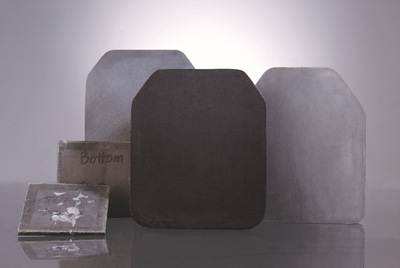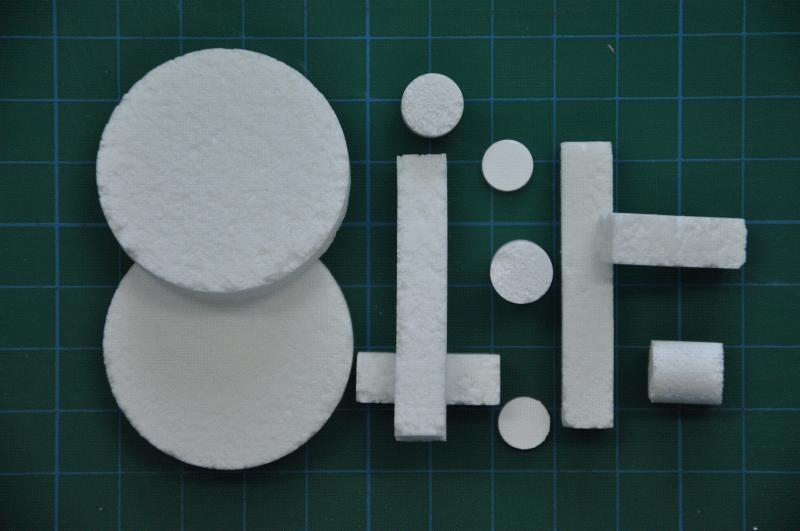When the Dutch physicist K. Onnes studied the resistance of mercury at low temperatures in 1911, he found that when the temperature dropped below 4.2K, the resistance of mercury suddenly disappeared, showing a superconducting state. Later, more than 10 kinds of metals (such as Nb, Tc, Pb, La, V, Ta, etc.) have this phenomenon. From the discovery of superconductivity to the 1950s for more than 40 years, the critical temperature Tc of superconducting materials stayed at the level of 4.2K. At this time, the development is mainly Nb-Zr, Nb-Ti, Nb3Sn and other alloys and compounds. The critical magnetic field strength Hc of these alloys and compounds can reach 4~8T. From the 1960s to the 1970s, Nb3Sn was further developed. In addition, compounds such as vanadium trigallium (V3Ga) and niobium trialuminum (Nb3Al) have also been developed, with Tc reaching over 23K and Hc reaching 10-20T. In other words, after a long period of more than 70 years before 1986, Tc increased at a rate of approximately 0.5K/year.
In 1986, Muller and Bednorz of the Zurich Laboratory of International Business Machines Corporation (IBM) found a superconducting transition with a Tc as high as 35K when they studied the Ba-La-Cu-O-based oxide mixed phase sintered body, which indicates that there is a high temperature Superconducting possibility. As soon as the results of this research were published, they aroused strong repercussions around the world, and the two of them won the 1988 Nobel Prize in Physics for this reason. Including my country, the United States, Japan, the former Soviet Union and other countries have invested a lot of manpower and material resources in related research. On February 24, 1987, the Institute of Physics of the Chinese Academy of Sciences published Y-Ba-Cu-O superconducting ceramics with an initial transition temperature of more than 100K. Related scientific researchers from various countries immediately set off a group of new materials and foundations for research on superconducting ceramics. The upsurge of theory, new superconducting mechanism and application. The development of a new type of superconducting ceramic has broken through the critical temperature limit of the traditional BCS (Electro-phonon Theory) superconducting theory-40K. Due to the obvious structural difference between superconducting ceramics and metal or alloy materials, the traditional superconductivity theory is no longer suitable. At present, traditional BCS theory and quantum theory cannot fully explain the phenomenon of high-temperature superconductivity. People expect that the superconducting mechanism of new high-temperature superconducting ceramics will be continuously improved and solved with the joint efforts of scientists from all over the world.

Over the years, the theoretical and applied research on high-temperature superconducting ceramic materials has been highly valued by the scientific and technological circles and governments of various countries.The research on the Y-Ba-Cu-O system using element substitution method to explore new high Tc superconducting ceramics has been extensively carried out.The positions of Ba and Y are mainly replaced by new elements. These elements include Sc, La, Pr, Nb, Sm, Eu, Gd, Tb, Dy, Ho, Er, Tm, Yb, Lu, Th, Pb, Ag, etc. The result of substitution of these elements, Y-Ba-Cu- The zero resistance temperature of O series is mostly above 85K, and the highest is about 94K. In addition, the Bi-Sr-Ca-Cu-O system is also of great concern to people. The superconducting ceramics of this system do not contain rare earth elements, the sintering temperature is low, and the zero resistance temperature is 84K. According to relevant research, this system may exist Tc=120K, a high-temperature superconducting phase with a zero resistance temperature of 110K, and it is believed that the development of the superconducting ceramic is highly likely to be successful by improving the ratio and process conditions.
According to the results of magnetization measurement, the newly discovered Y-Ba-Cu-O series superconductors belong to the second type of superconductors. The discovery and research results of new high Tc superconductors since 1986 show that it is still difficult to accurately classify superconducting ceramics. This requires further in-depth analysis of superconducting ceramic materials, especially high Tc superconducting ceramic materials.The continuous improvement or establishment of new superconducting mechanisms.
Although the phenomenon of superconductivity was discovered very early, the foundation of superconductivity theory was established in the 1930s, and the microscopic theory of superconductivity appeared in the 1950s. However, the breakthrough in application was after the 1960s. Then a series of superconducting alloys and compounds such as Nb-Zr and Nb-Ti appeared, gradually forming a new technical field-superconducting technology.
Since the breakthrough of high-temperature superconducting materials in the 1980s, leading to the rise of "superconducting" in the world, the world's research on superconducting materials has entered a new stage for more than half a century. However, due to the rapid development and short time, related theories are still being gradually formed and explored. Whether a new ceramic superconductor with more practical value can be made is still under continuous research.
Declaration: This article is provided by CERADIR™ users or obtained from Internet, the content does not represent the position of CERADIR™. We are not responsible for the authenticity/accuracy of the article, especially the effects of the products concerned. This article is for study only, it does not constitute any investment or application advice. For reprinting, please contact the original author. If it involves the copyright and/or other issues, please contact us and we will deal with it asap! CERADIR™ has the interpretation of this declaration.







